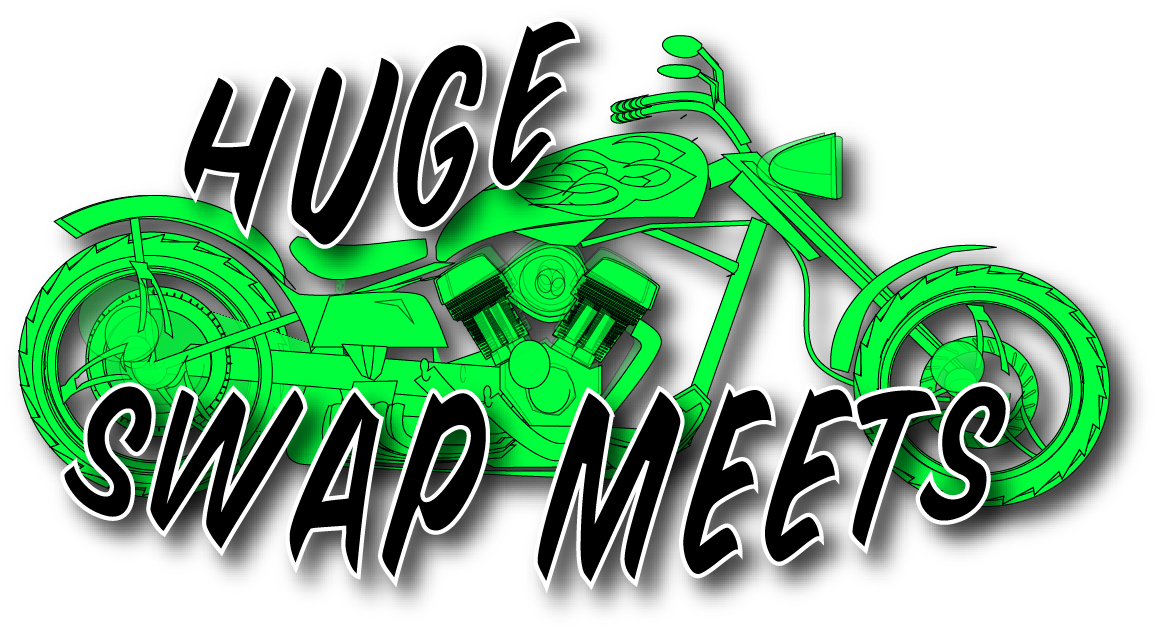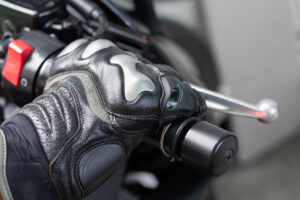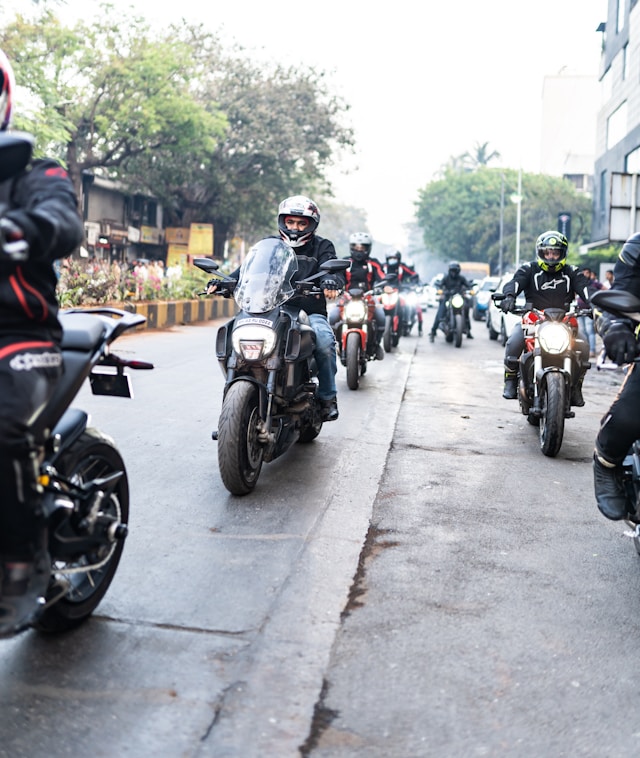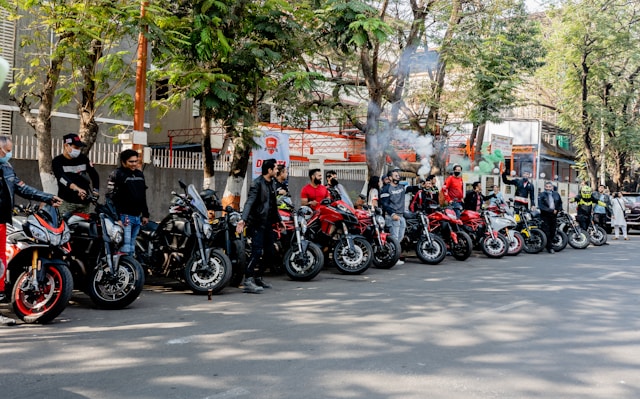
Riding a motorcycle can be an exhilarating experience, but it’s essential to prioritize safety at all times. One of the most critical aspects of motorcycle safety is wearing the proper riding gear. In this guide, we’ll explore the importance of proper riding gear and provide tips on choosing the right gear for your needs.
Helmet: A helmet is the most critical piece of riding gear you can wear. It protects your head in the event of a crash, reducing the risk of serious injury or death. When choosing a helmet, look for one that meets safety standards such as DOT (Department of Transportation) or ECE (Economic Commission for Europe). Make sure the helmet fits snugly and comfortably, and replace it if it’s been involved in a crash or is more than five years old.
Jacket: A motorcycle jacket provides protection for your upper body in the event of a crash. Look for a jacket made of abrasion-resistant materials such as leather or textile, with armor in the shoulders, elbows, and back. The jacket should fit snugly but allow for freedom of movement. Consider a jacket with reflective materials for increased visibility, especially when riding at night.
Pants: Motorcycle pants provide protection for your lower body in the event of a crash. Look for pants made of abrasion-resistant materials such as leather or textile, with armor in the knees and hips. Consider pants with reinforced stitching and double or triple stitching in high-impact areas. Pants should fit snugly but allow for freedom of movement.
Gloves: Motorcycle gloves protect your hands in the event of a crash and provide grip and control while riding. Look for gloves made of abrasion-resistant materials such as leather or textile, with armor in the knuckles and palms. Gloves should fit snugly but allow for freedom of movement and should not interfere with your ability to operate the controls.
Boots: Motorcycle boots provide protection for your feet and ankles in the event of a crash. Look for boots made of abrasion-resistant materials such as leather or textile, with armor in the ankles and shins. Boots should have a non-slip sole and should provide good ankle support. They should also be comfortable for walking in, as you may need to walk around while wearing them.
Additional Gear: In addition to the essential gear mentioned above, there are a few other items that can enhance your safety and comfort while riding. These include:
- Earplugs: Protect your ears from wind noise and reduce fatigue on long rides.
- Eye Protection: Wear a face shield or goggles to protect your eyes from wind, debris, and insects.
- High-Visibility Gear: Wear brightly colored or reflective gear to increase your visibility to other motorists.
- Rain Gear: Carry a waterproof jacket and pants in case of rain.
Wearing the proper riding gear is essential for motorcycle safety. By investing in high-quality gear that fits properly and provides adequate protection, you can reduce the risk of injury in the event of a crash. Remember to always prioritize safety when riding a motorcycle, and wear your gear every time you ride.









